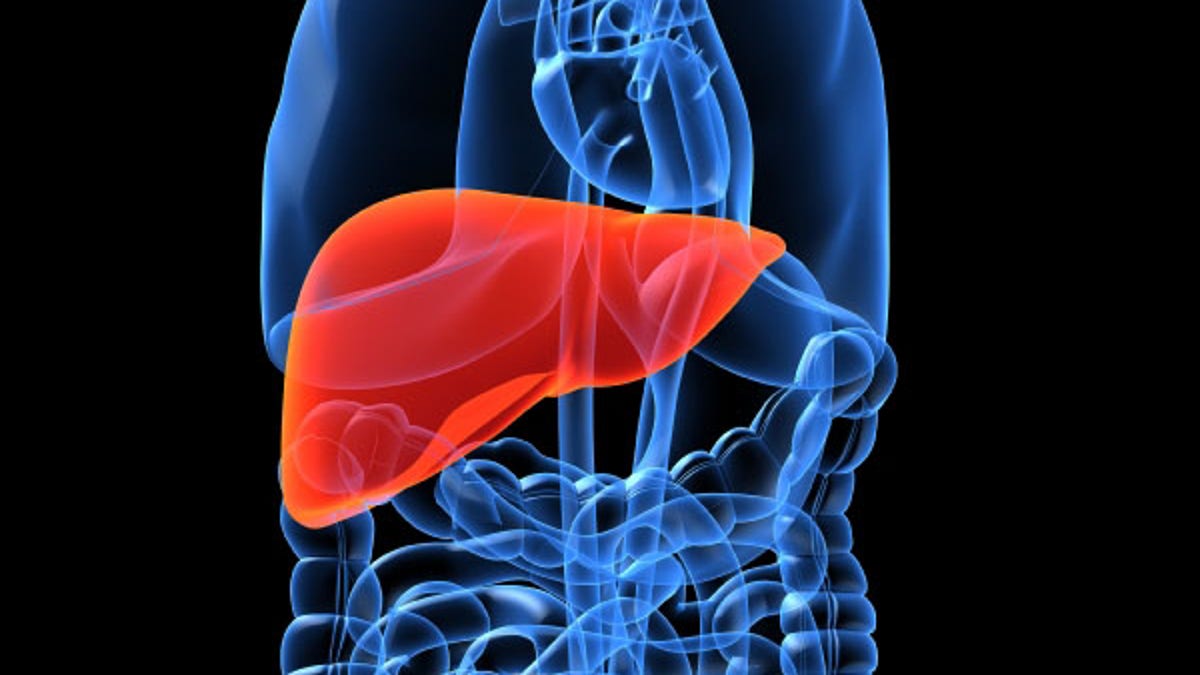
A type of liver disease once thought to afflict primarily adult alcoholics appears to be rampant in children.
Some one in 10 children in the U.S., or more than 7 million, are thought to have the disease, according to recent studies.
The condition, in which the normally rust-colored organ becomes bloated and discolored by yellowish fat cells, has become so common in non-drinkers that it has been dubbed nonalcoholic fatty liver disease.
The disease's prevalence is alarming doctors who worry about its progression to nonalcoholic steatohepatitis, or NASH, when the fatty liver becomes inflamed and cells are damaged. That leads to the end stage of cirrhosis, when the liver forms scar tissue and ultimately stops working.
The condition's rise is tied to the obesity epidemic—about 40 percent of obese children have it—but isn't caused solely by being overweight. The disease appears to be growing among normal-weight children too, experts say.
And even though obesity rates are starting to level off, the prevalence of fatty liver disease continues to rise, they say.
It also has no symptoms, which means a person could have it for decades without knowing.
The Cleveland Clinic's Pediatric Preventive Cardiology and Metabolic Clinic treats and studies nonalcoholic steatohepatitis (NASH).
"The disease is very silent," said Naim Alkhouri, director of the Pediatric Preventive Cardiology and Metabolic Clinic at the Cleveland Clinic.
Because fatty liver disease has been recognized only fairly recently in children, it's unclear how the disease progresses into adulthood. Roughly 10 percent of people with fatty liver disease will develop NASH; another 15 percent to 20 percent of those will get cirrhosis. While the early stages of fatty liver disease and NASH are reversible, cirrhosis is not.
"This is just really worrisome to have this number of children who have a disease this severe," said Miriam Vos, a pediatrics professor at Emory University School of Medicine who studies and treats kids with fatty liver disease.
In a study published this year, Dr. Vos and her colleagues looked at data from a national health study for elevated liver enzymes, a sign of fatty liver disease. The percentage of children in the sample suspected of having the disease grew to 10.7 percent between 2007 and 2010, from about 4 percent between 1988 and 1994.
